Home>Gardening & Outdoor>Outdoor Recreation & Activities>How Many Levels In Jenga


Outdoor Recreation & Activities
How Many Levels In Jenga
Modified: October 19, 2024
Discover the excitement of Jenga with our comprehensive guide. Learn about the game's levels and enhance your outdoor recreation and activities experience.
(Many of the links in this article redirect to a specific reviewed product. Your purchase of these products through affiliate links helps to generate commission for Storables.com, at no extra cost. Learn more)
**
Introduction
**
Welcome to the fascinating world of Jenga! If you've ever experienced the thrill of carefully removing a wooden block, hoping the tower doesn't tumble, then you've already tasted the excitement this game has to offer. Jenga is a classic game that has entertained people of all ages for decades. In this article, we'll delve into the intricacies of Jenga, exploring its rules, the concept of levels, and the reasons behind its single-level structure.
Jenga is not just a game; it's an experience that requires steady hands, strategic thinking, and a dash of luck. As the tower grows taller and the suspense builds, players find themselves immersed in a world where a single wrong move can bring the entire structure crashing down. This simplicity and intensity have made Jenga a beloved pastime at gatherings, family game nights, and even as a team-building activity in various settings.
Now, let's embark on a journey to uncover the magic behind this timeless game. Join us as we explore the rules of Jenga, the concept of levels within the game, and the intriguing reasons why Jenga maintains a single-level structure. Get ready to discover the secrets behind the blocks and the joy of playing this captivating game!
**
Key Takeaways:
- Jenga’s single-level structure ensures accessibility and universal appeal, allowing players of all ages to enjoy the game without feeling overwhelmed by complexity.
- The concept of levels in Jenga adds strategic depth and escalating challenges, heightening the suspense and intensity of the gameplay experience.
Read more: How Many Players In Jenga
Overview of Jenga
**
Jenga, a Swahili word meaning “to build,” is a game of physical and mental skill that tests players’ dexterity and strategic prowess. The game consists of 54 rectangular wooden blocks, typically arranged in layers of three blocks placed adjacent to one another at right angles. As the game progresses, players take turns removing a block from the structure and carefully placing it on top, creating a progressively taller and more precarious tower.
The objective of Jenga is to remove a block from the tower without causing it to collapse. Players must use steady hands and a keen eye to identify a block that can be removed without destabilizing the structure. The tension mounts with each successful move, as the tower becomes increasingly unstable, and the risk of collapse grows with every block removed and repositioned.
What sets Jenga apart from many other games is its simplicity. With minimal components and straightforward rules, Jenga is accessible to players of all ages. Its universal appeal has made it a staple in homes, schools, and social gatherings around the world. Whether played casually among friends or in a competitive setting, Jenga offers an engaging and unpredictable experience that keeps players on the edge of their seats.
One of the most captivating aspects of Jenga is its adaptability. While the classic game follows a standard set of rules, players have developed countless variations and creative ways to play, adding new dimensions to the game’s dynamics. From custom block arrangements to themed editions, Jenga continues to evolve while retaining its core essence of skill, suspense, and sheer enjoyment.
As we delve deeper into the world of Jenga, we’ll explore the rules that govern the game, the concept of levels within the tower, and the intriguing reasons behind its single-level structure. Join us as we unravel the mysteries and marvels of this timeless game!
**
Rules of Jenga
**
Jenga is governed by a set of simple yet compelling rules that form the foundation of the game’s suspense and excitement. Understanding and adhering to these rules is essential for players to fully immerse themselves in the Jenga experience.
1. Building the Tower: To begin the game, the 54 wooden blocks are stacked in layers of three, alternating the orientation of each layer to create a sturdy and balanced tower. The resulting structure forms a grid pattern of blocks, with each layer perpendicular to the one below it.
2. Turn-Taking: Players take turns to carefully remove a single block from any level of the tower, except the topmost completed level, using only one hand. It’s crucial to maintain the stability of the tower while selecting and extracting a block, adding an element of skill and precision to each move.
3. Repositioning the Block: After successfully removing a block, the player must place it on top of the tower, perpendicular to the previous layer. This process continues, gradually increasing the height and instability of the tower with each added block.
4. Stability Maintenance: Throughout the game, players must ensure that the tower remains stable and free from significant tilting or swaying. Any noticeable movement or imbalance may indicate a potential collapse, adding to the tension and anticipation of the game.
5. The Tipping Point: The game reaches its thrilling climax when the tower becomes increasingly precarious, with each block removal posing a greater risk of toppling the structure. The player who successfully places a block without causing the tower to collapse emerges as the triumphant Jenga master.
These fundamental rules, combined with the inherent unpredictability of block removal and tower dynamics, create an enthralling and immersive experience for all players. Whether played casually or competitively, Jenga’s rules lay the groundwork for moments of suspense, triumph, and collective enjoyment.
Now that we’ve explored the rules that govern Jenga, let’s delve into the concept of levels within the tower and the unique reasons behind its single-level structure. Join us as we unravel the intricacies and charm of this beloved game!
**
A standard Jenga set has 54 wooden blocks, which can be stacked to create 18 levels. Each level consists of 3 blocks placed next to each other.
The Concept of Levels in Jenga
**
As players engage in the captivating challenge of Jenga, the concept of levels within the tower becomes a central element that shapes the game’s dynamics and strategic decisions. Each layer of blocks represents a level of the tower, and as the game progresses, the tower grows taller, introducing new levels and escalating the intensity of the gameplay.
Strategic Considerations: The presence of multiple levels in Jenga introduces strategic considerations for players. As the tower gains height, the lower levels become crucial support structures, providing stability and influencing the overall balance of the tower. Players must assess the structural integrity of each level before selecting a block to remove, weighing the potential consequences of destabilizing a particular level.
Height-Related Challenges: With each added level, the tower becomes increasingly susceptible to swaying and tilting, amplifying the challenge of identifying and removing blocks without triggering a collapse. The concept of levels heightens the stakes, requiring players to navigate the growing instability while maintaining composure and precision in their movements.
Tension and Suspense: The presence of multiple levels contributes to the escalating tension and suspense that define the Jenga experience. As the tower becomes taller and more precarious, the potential for a dramatic collapse looms larger, keeping players on edge and intensifying the thrill of the game.
While the concept of levels plays a significant role in shaping the gameplay experience, it’s intriguing to note that Jenga, as a commercial product, typically consists of a single-level tower. This unique aspect of the game raises thought-provoking questions about the design choices and underlying principles that contribute to Jenga’s enduring appeal.
Now, let’s explore the intriguing reasons behind Jenga’s single-level structure and uncover the fascinating insights that have shaped this beloved game. Join us as we unravel the mysteries and innovations of Jenga’s design!
**
Why Jenga Only Has One Level
**
Despite the concept of levels playing a pivotal role in the dynamics and strategic depth of Jenga, the commercial version of the game typically features a single-level tower. This intentional design choice stems from a combination of factors that contribute to the game’s accessibility, balance, and universal appeal.
Accessibility and Simplicity: By maintaining a single-level structure, Jenga ensures that the game remains accessible to players of all ages and skill levels. The straightforward nature of a one-level tower allows beginners to grasp the rules and mechanics quickly, fostering a sense of inclusivity and enabling diverse groups to participate without feeling overwhelmed by the complexity of managing multiple levels.
Balance and Stability: A single-level tower offers a balanced starting point for the game, providing a stable foundation that encourages players to build upon it with confidence. This equilibrium sets the stage for a gradual increase in tension and challenge as the tower grows taller, allowing players to acclimate to the evolving dynamics without the added complexity of managing multiple levels from the outset.
Universal Appeal and Engagement: The decision to feature a single-level tower aligns with Jenga’s goal of captivating a broad audience and fostering engaging interactions. Whether played casually among friends or as a competitive pursuit, a one-level structure ensures that the game retains its inherent excitement and unpredictability, drawing players into a shared experience characterized by suspense, skill, and sheer enjoyment.
While the commercial version of Jenga predominantly offers a single-level tower, it’s essential to acknowledge the game’s adaptability and the myriad ways in which players have explored multi-level variations and custom arrangements. These inventive adaptations allow enthusiasts to experiment with diverse challenges and creative approaches, adding depth and diversity to the Jenga experience while preserving the accessibility and allure of the classic single-level format.
By maintaining a single-level structure, Jenga continues to captivate players worldwide, fostering moments of camaraderie, competition, and shared excitement. The deliberate choice to embrace a one-level tower underscores the game’s enduring legacy and its ability to unite individuals in the pursuit of skillful play and unforgettable moments of suspense and triumph.
Now that we’ve uncovered the intriguing reasons behind Jenga’s single-level structure, let’s reflect on the enduring appeal and timeless charm of this beloved game. Join us as we celebrate the magic of Jenga and the countless memories it has inspired!
**
Read more: How Many Rows Down In Jenga
Conclusion
**
As we conclude our exploration of Jenga, we find ourselves immersed in a world where steady hands, strategic choices, and the thrill of uncertainty converge to create an unforgettable gaming experience. Jenga’s enduring popularity stems from its ability to captivate players of all ages, fostering moments of tension, triumph, and shared enjoyment.
From the humble beginnings of stacking wooden blocks to the towering structures that teeter on the edge of collapse, Jenga embodies the essence of skillful play and collective excitement. The game’s simple yet compelling rules lay the groundwork for an immersive journey filled with suspense, laughter, and the joy of testing one’s dexterity and resolve.
While the concept of levels within the tower introduces strategic depth and escalating challenges, the deliberate choice to feature a single-level structure in the commercial version of Jenga underscores the game’s accessibility, balance, and universal appeal. This design decision ensures that players of varying skill levels can engage in the game with ease, fostering an inclusive environment where everyone can partake in the exhilarating pursuit of tower-building and block-extracting mastery.
As players carefully navigate the delicate balance of the towering structure, they find themselves drawn into a world where every move carries the weight of anticipation and the promise of victory. Whether played casually among friends or in a competitive setting, Jenga weaves a tapestry of shared moments, where the collective gasp as a block is removed and the eruption of cheers as the tower remains standing become cherished memories that endure long after the game concludes.
As we bid farewell to this captivating journey through the world of Jenga, let us carry with us the spirit of skillful play, the camaraderie forged in moments of suspense, and the enduring allure of a game that has stood the test of time. Whether the tower tumbles or stands tall, the memories created and the bonds strengthened through the shared experience of Jenga continue to resonate, reminding us of the magic found in the simple act of stacking blocks and defying gravity.
As we embrace the legacy of Jenga and the countless stories it has inspired, let us celebrate the joy of play, the thrill of competition, and the enduring spirit of togetherness that define this timeless game. Until we meet again at the edge of the tower, may the spirit of Jenga live on, uniting players in the pursuit of skill, laughter, and unforgettable moments of triumph!
Frequently Asked Questions about How Many Levels In Jenga
Was this page helpful?
At Storables.com, we guarantee accurate and reliable information. Our content, validated by Expert Board Contributors, is crafted following stringent Editorial Policies. We're committed to providing you with well-researched, expert-backed insights for all your informational needs.

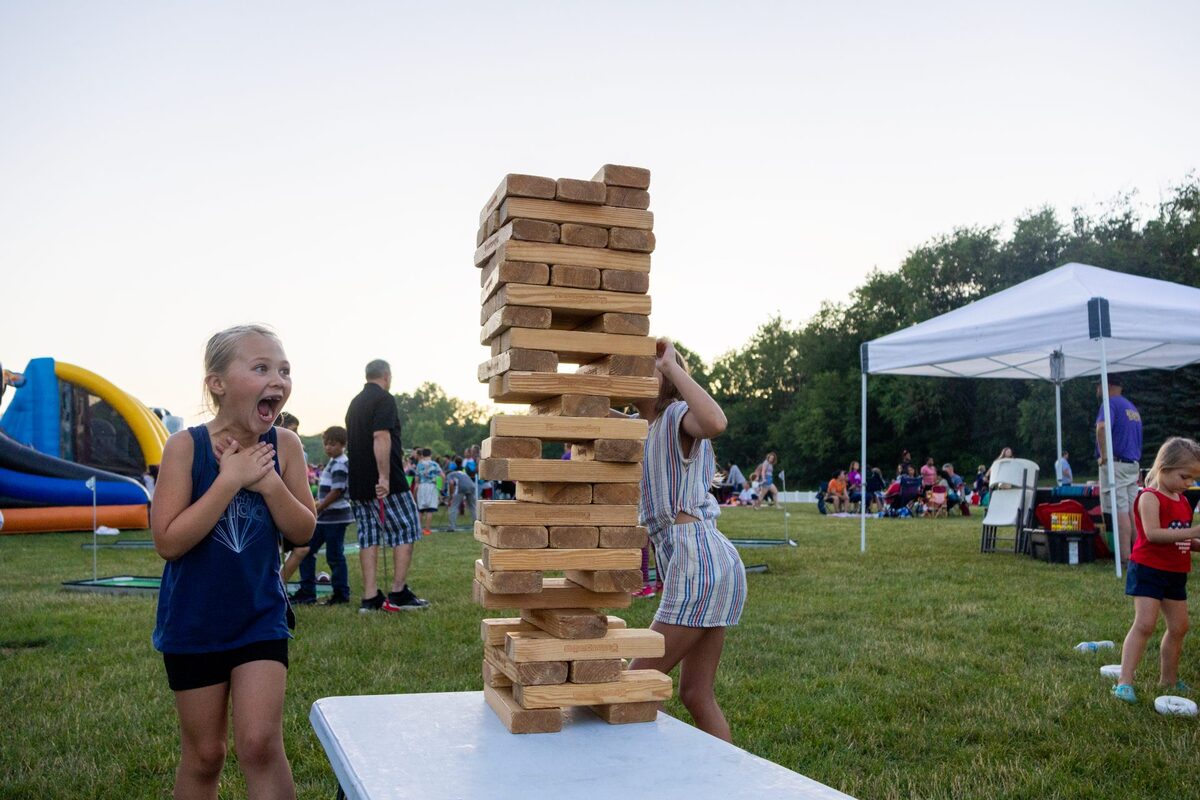
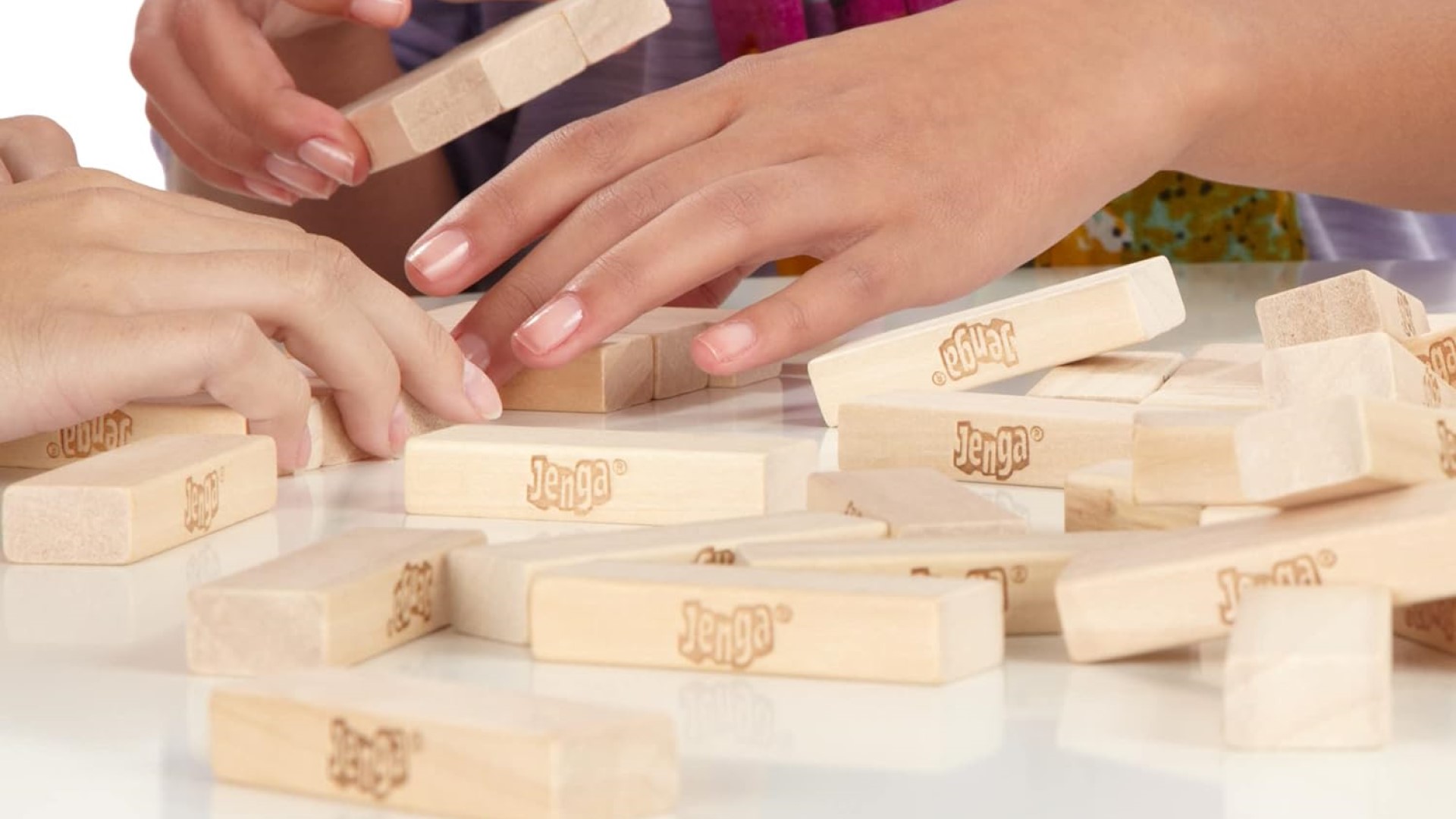

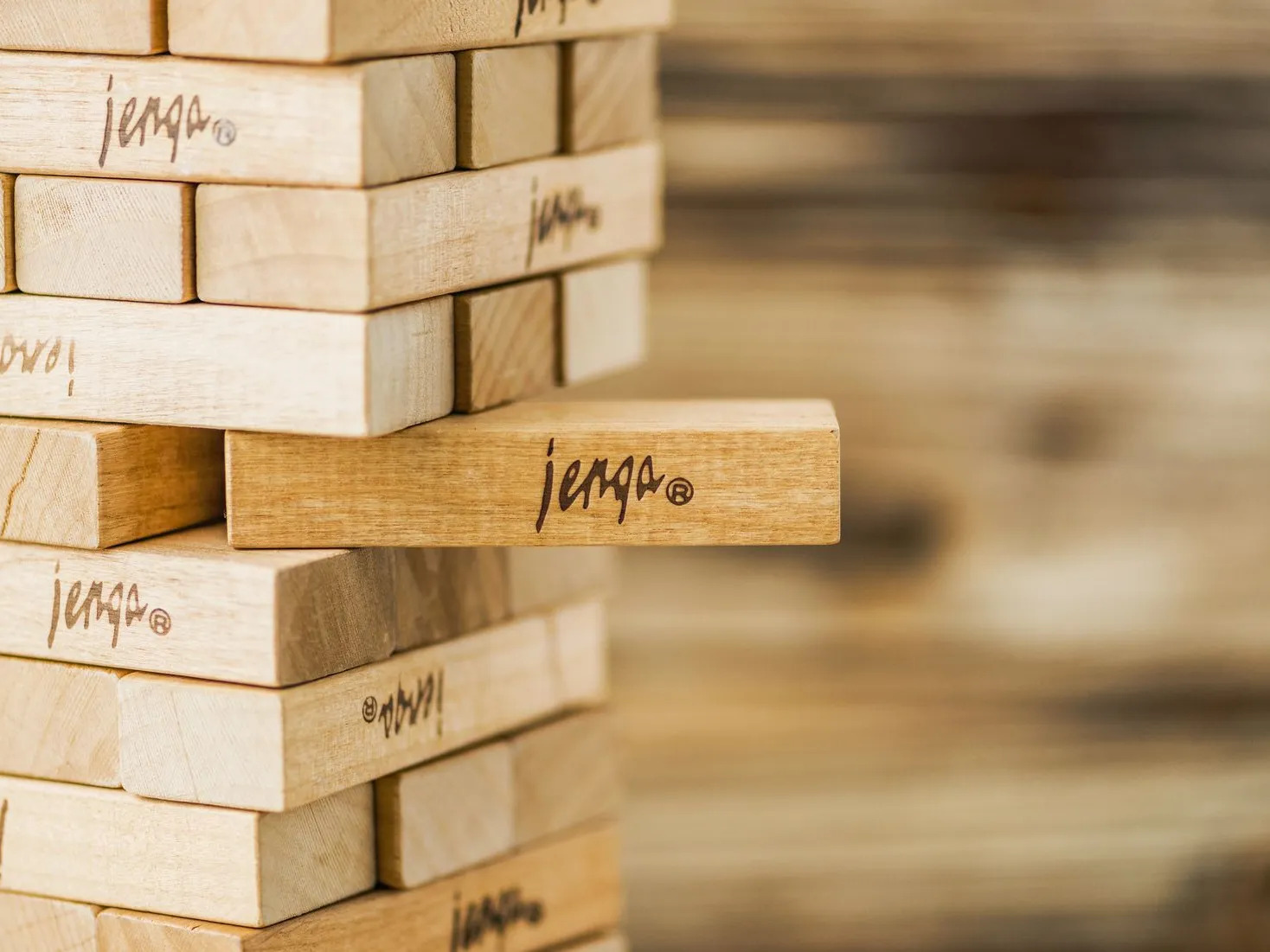

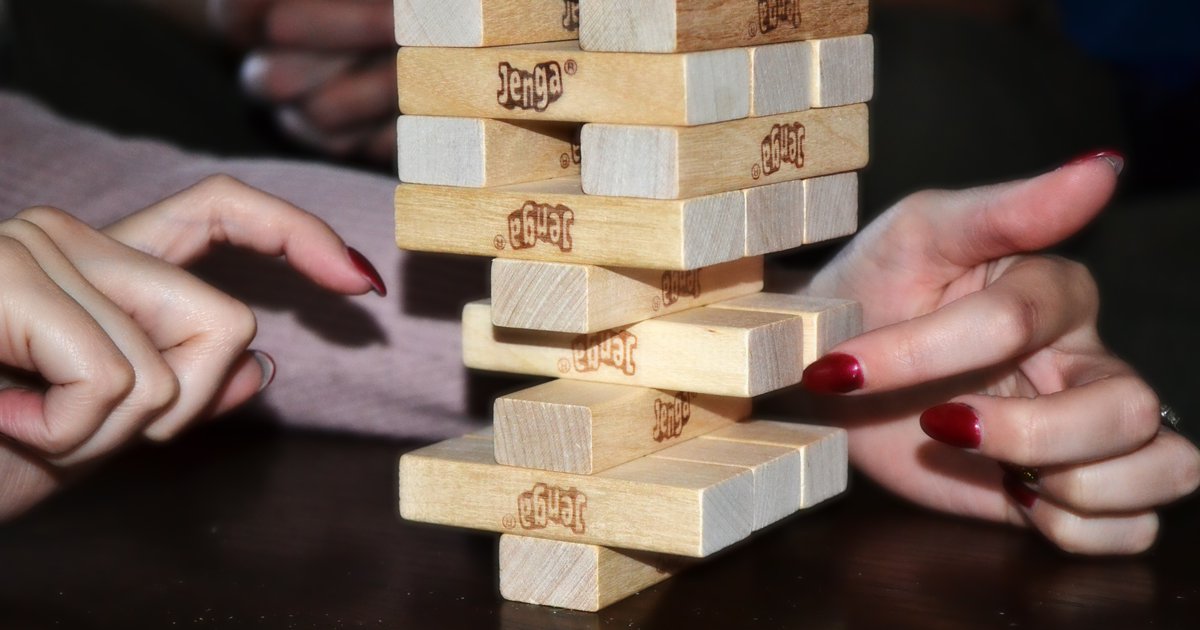



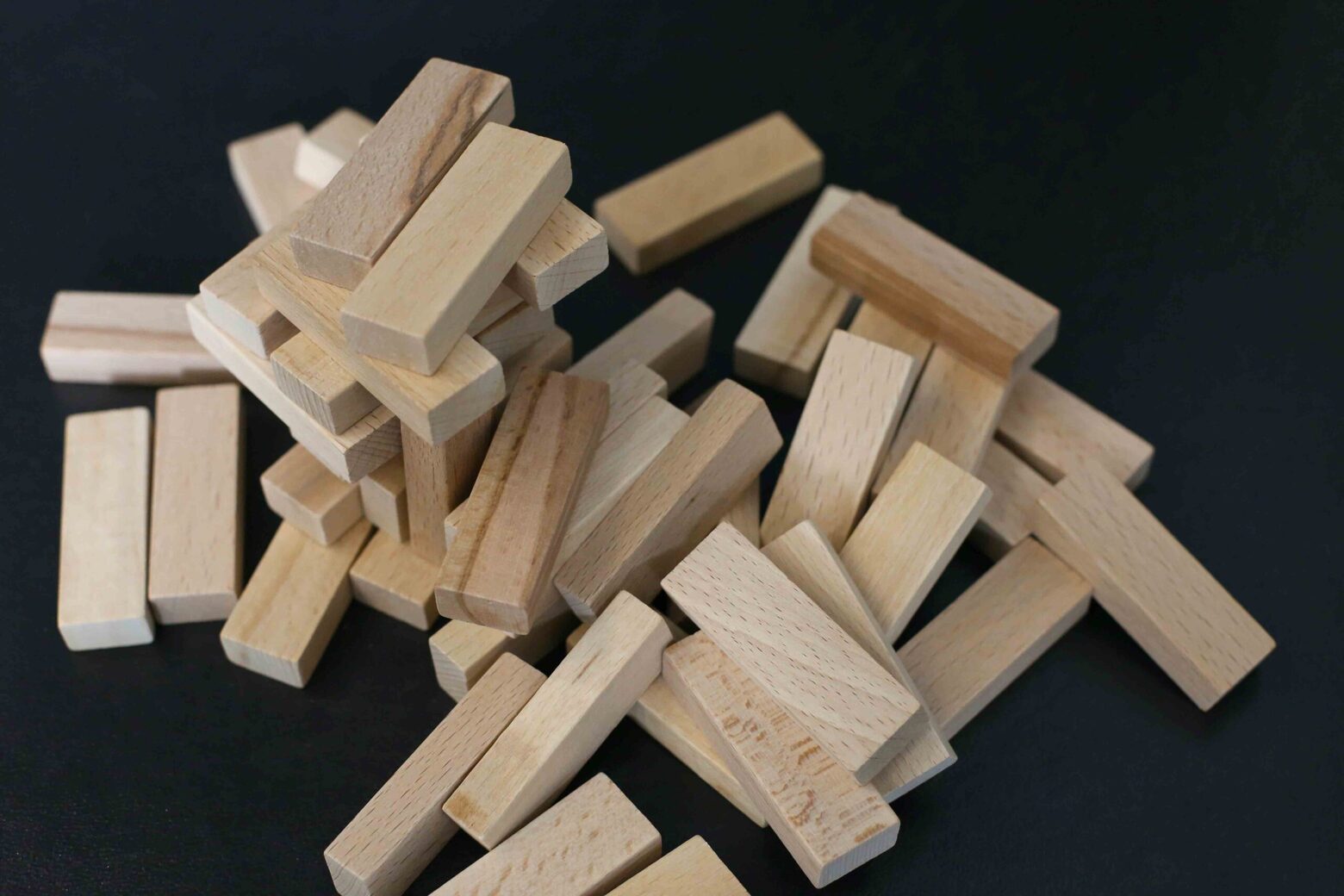
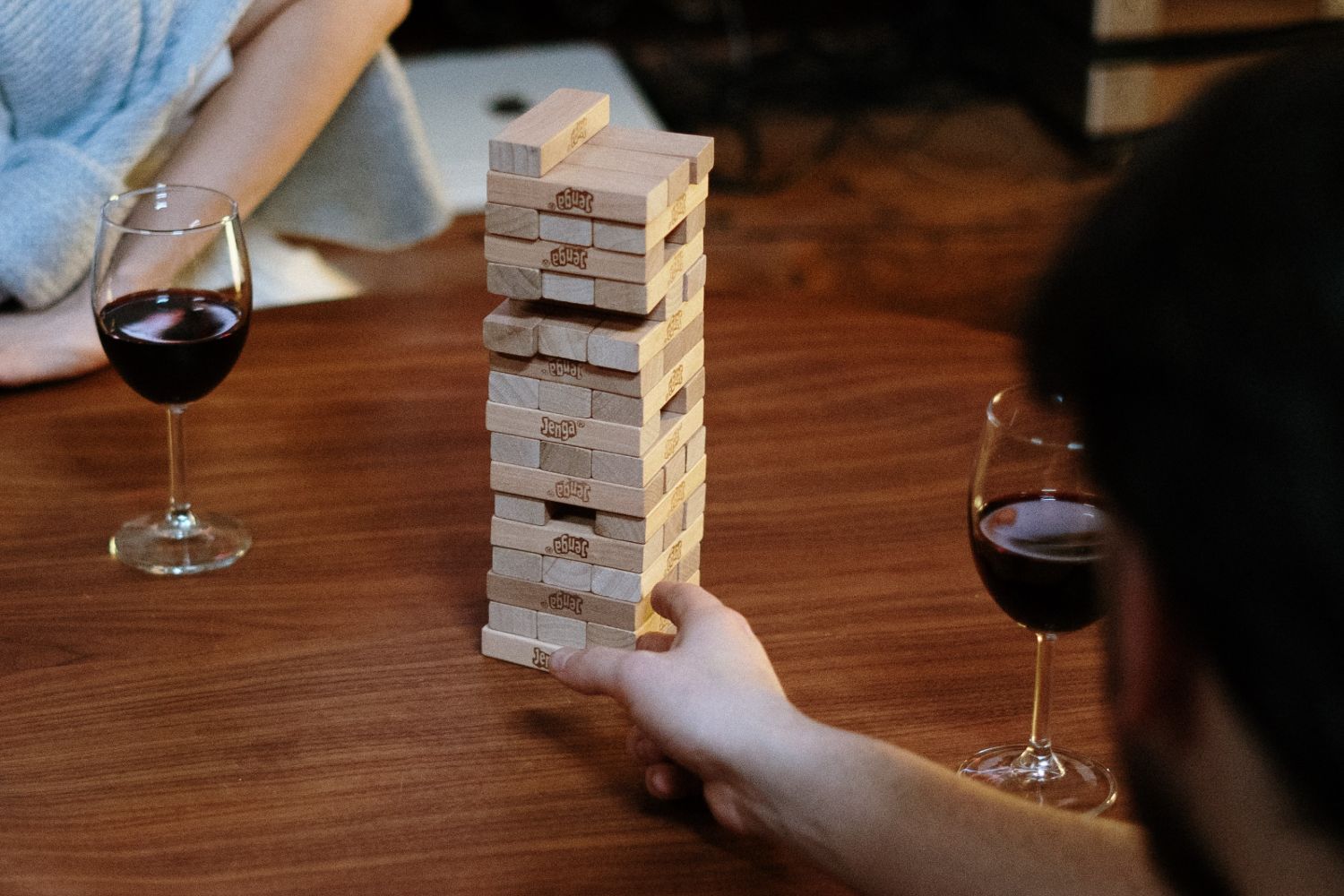
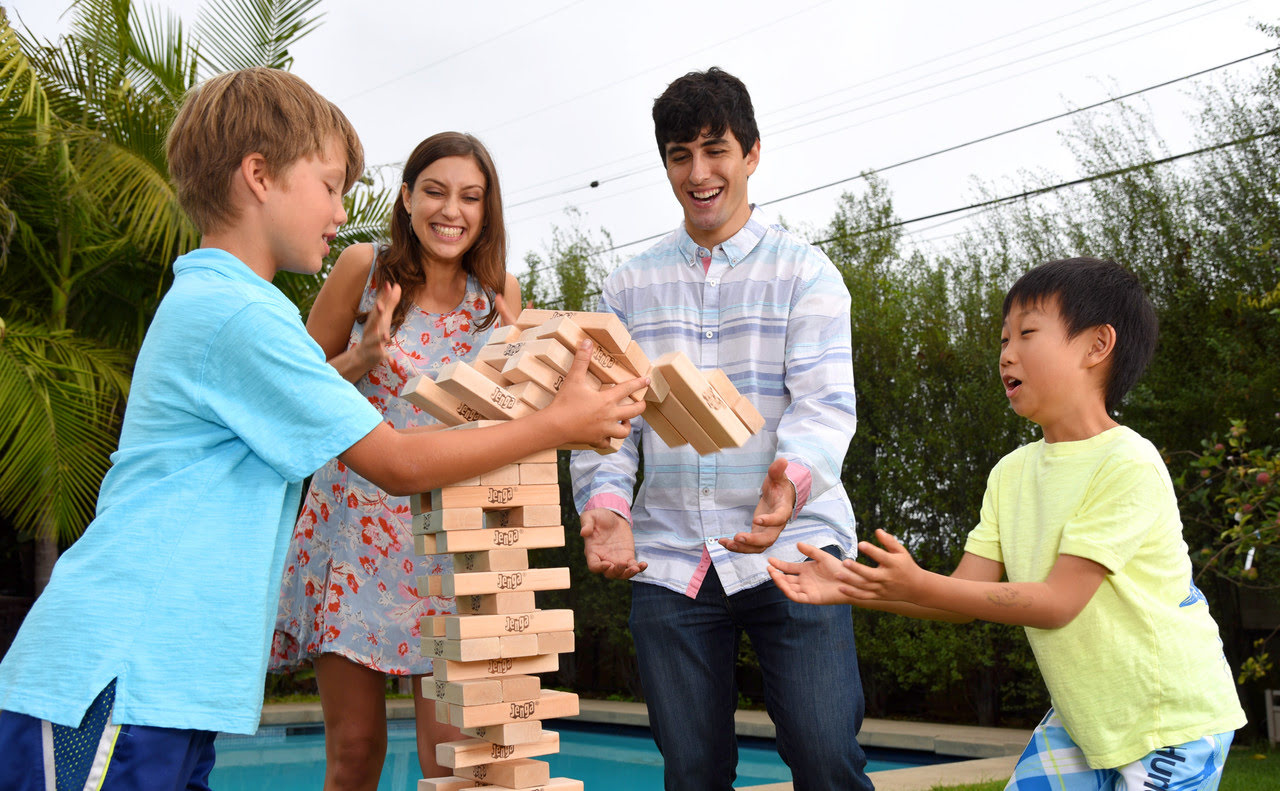
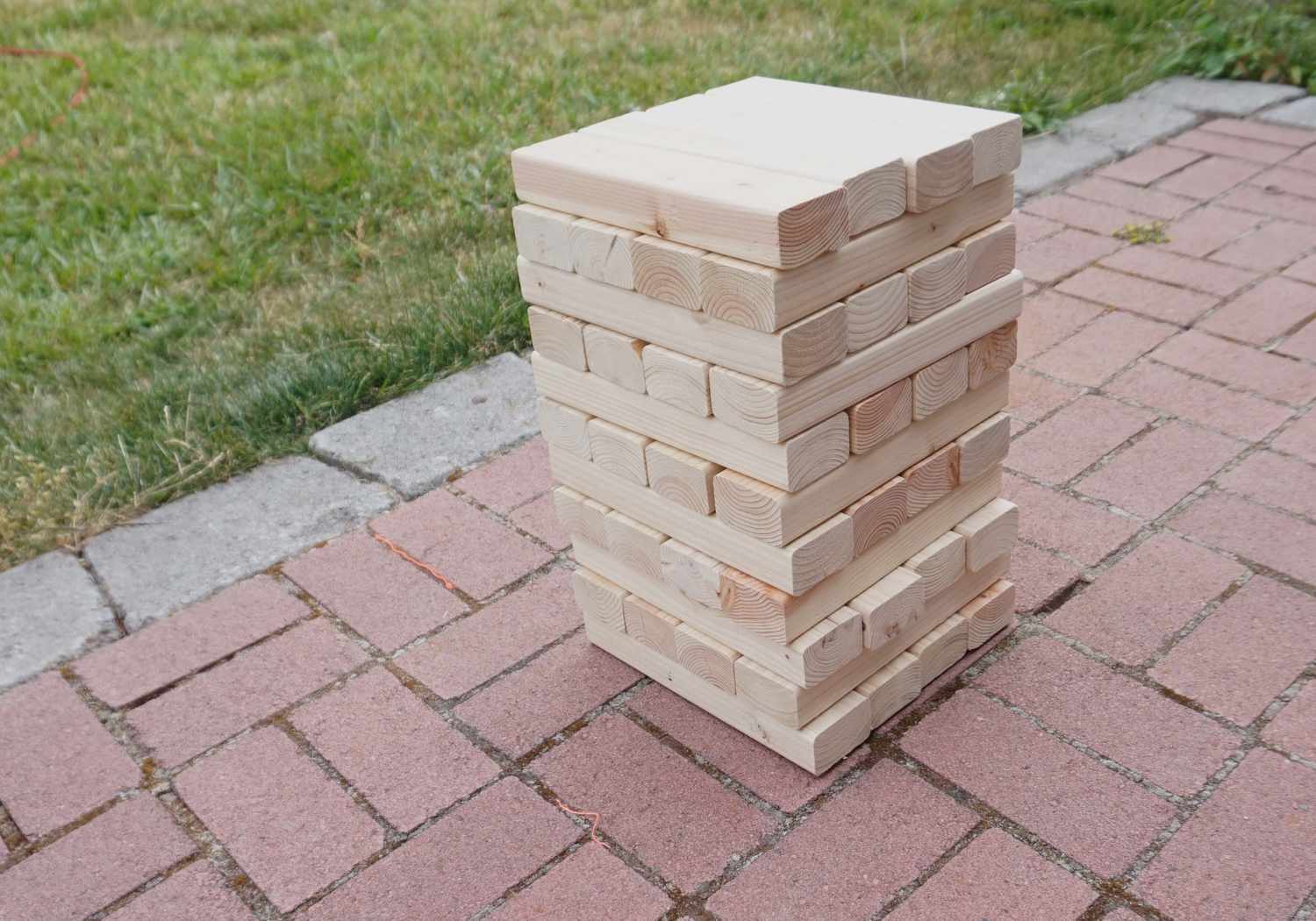

0 thoughts on “How Many Levels In Jenga”